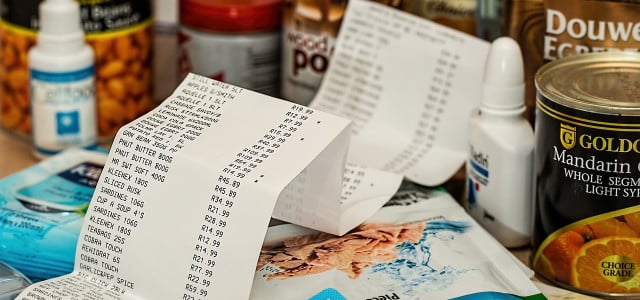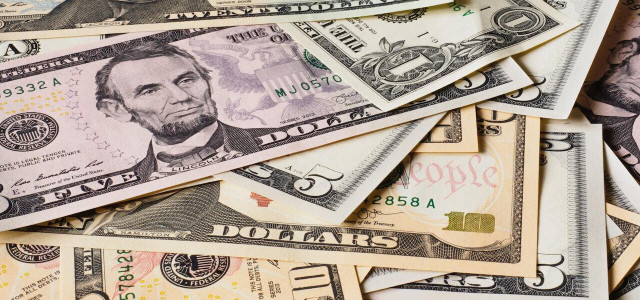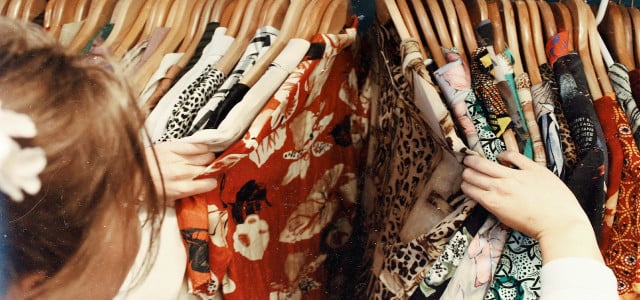The market works on supply and demand. So, what if conscious consumerism can demand a different kind of ethic? Or — more importantly — a different kind of market?
Conscious consumerism is about how individuals and communities engage with the market. Generally speaking, the market is the arena where commodities are exchanged. It includes anything that can be traded, bought, or sold.
When a person (the consumer) buys a product, they signal to the market that it is providing what they want. Conversely, consumers can refuse to purchase from a business that engages in market practices they disagree with. They can also buy a particular type of product — sustainable, ethical, and so on — to indicate the products they want more of. This definition of conscious consumerism, however, simplifies a long-established practice that is often at the heart of social debate.
Below, we’ll discuss what conscious consumerism means, its impact, and how to get involved in the movement.
What is Conscious Consumerism?

(Foto: CC0 / Pixabay / Pexels)
The not-for-profit Network for Business Sustainability defines conscious consumerism as applying conscious decisions to the products we buy. It includes considering the environmental and social impact of how a business engages with things like sourcing, labor, manufacturing and production on a broader scale.
The term emerged in 1972 as a way to categorize consumers with a high sense of social responsibility. These individuals express their values and beliefs through the things they buy. They are aware that the market and, by extension, businesses are fundamentally interested in making a profit.
So, by withdrawing their money, they tell companies that their current practices will not generate profit. The principle is best expressed in the book Free to Choose, written by economists Milton and Rose Freidman:
“When you vote daily in the supermarket, you get precisely what you voted for, and so does everyone else.”
In other words, to some extent, individuals can control the market through their choices. This idea has emerged time and time again in political, social, and cultural theory, most notably in the work of the French philosopher Michel De Certeau.
De Certeau describes the market’s effect as devious, dispersed, and invisible. This refers to how many companies hide their business practices from consumers. For instance, Nestlé has often come under fire for its underhanded environmental business practices.
Read more: 5 of Nestlé’s Worst Controversies Explained
When corporations that seek to hide such practices are exposed, the public reaction can destroy their business. More often, the companies become better at hiding the damage they do. However, even if they try to hide, consumers aren’t stupid.
The internet makes it easier than ever to find out what a company pays its workers, how it treats animals, and how much pollution they emit. According to De Certeau, this is when the conscious consumer can express their art in what he calls consumer tactics.
We’ll look at some examples of conscious consumer tactics below.
Conscious Consumerism in the US



(Foto: CC0 / Pixabay / bibianagonzalez)
Tactics are how the conscious consumer expresses values against what the market offers. They can take their money elsewhere to indicate disagreement with labor exploitation, harmful products, or poor environmental practices.
Tourism
The State of Hawaii is an excellent example of how local people and governments can respond to the tourism and travel industry as conscious consumers. Many Hawaiian natives face environmental issues caused by the industry catering to foreign businesses and customers, which often come from importing foreign products and foods at high environmental and financial costs. The tactic locals used was to stop importing from a foreign market and focus more on domestic services, such as:
- going back to its roots by using only locally grown flower varieties in Lei flower garlands
- turning to homegrown alternatives by embracing traditional Hawaiian ingredients such as ulu, or breadfruit, in local restaurants
- Consciously engaging tourists – Offering visitors programs on mindfully enjoying their stay.
Food
Likewise, one notable study conducted in Brooklyn highlights how buying intentionally can form new communities and push for different types of products. In this study, anthropologist Ryan T. Adams investigated an emerging Brooklynite organic scene in 2016. He found community members wanted more sustainable and healthy food choices in their area.
They achieved this by turning to local farmers and advocating for organic labels. These Brooklynites attempted to employ democratic consumerism — they cast a vote with their dollars telling industry processed foods were out and local was in.
Clothes
The historical issues surrounding labor exploitation in the fashion industry are well documented. As the campaign group Label Behind The Label attests, workers in Bangladesh, India, Cambodia, Romania, and Croatia who make our clothes often earn less than a third of what they need to meet their basic needs and care for their families.
In light of this, the benefit corporation Sundara began selling the clothing line “Not a Sweatshirt.” Picked up by activists and influencers, they brandished the line on social media to raise awareness about the industry’s exploitative practices. The message was clear: do you know who works to make your clothing? If not, don’t buy it. Learn more on how to purchase clothes responsibly: 3 Questions to Ask Yourself When Buying Fast Fashion
The Barriers and Issues of Conscious Consumerism



(Foto: CC0 / Pixabay / JodyDellDavis)
Conscious consumerism is a practical way individuals can address market and business practices they want to change. Unfortunately, it’s not yet a catch-all solution to bad business. There are still issues we need to address, like:
- Access: It is incorrect to assume that everyone has the same access to the market — particularly the green market. Holmes Rolston, the “father of modern environmental philosophy,” points out that green consumerism relies on resources, knowledge, and technical means for consumers and businesses. He encourages those who have the capacity as green consumers to bring this debate to the political and governmental level, making green consumption more available to everyone.
- Greenwashing: The danger of greenwashing is that it can fool people into supporting brands that are not as ethical as they claim. It leads people to buy into labels that don’t consider the actual environmental problems at stake. This issue is complex, but consumers can take steps to make themselves more attuned to false advertising.
Read more: What Is Greenwashing and Am I Supporting It?
- Skepticism: In the opposite direction, many don’t believe in the environmental impact businesses have. In a study by Chicago University, a concerning 10% of Americans said they do not think climate change is happening. Healthy skepticism is important, but it can be a short step away from dogmatism.
If we hope to break down the barriers to conscious consumerism, we cannot assume that every person has the same capacity to act. Instead, we need to open doors to those who might be interested in change but cannot access it.
For instance, in the case of greenwashing and skepticism, education plays a significant role in helping others understand the message. In research, barriers to pro-environmental behavior often surround how information is disseminated. Information needs to be not only convincing but actionable and easy to understand.
How to be a Conscious Consumer



(Foto: CC0 / Pixabay / StartupStockPhotos)
Conscious consumerism helps us control our impact on the environment, society, and our finances. So, conscious consumers seek products that meet their needs without compromising their values. They want to feel good about the products they buy.
Conscious consumerism doesn’t mean you have to be perfect, but you should make an effort to be aware of what you buy and the impact it has. Its starts with assessing your values and looking for ways to take action. Here are some good first steps:
- Make a list of your values. This is a list of what you care about. For example, if you care about the environment, you might want to buy organic produce. Or, if you care about animals, you might choose to purchase vegan leather over animal leather. If you want a new car, you could buy an environmentally friendly one.
- Plan. To make your transition sustainable, plan for what you need and where you’ll get it. It’s one thing to say you’ll buy organic, but do you know where organic food is sold? Does it fit in your budget? Be realistic about what you can buy. If it’s too expensive, consider ways to make it at home.
- Research. Escape greenwashing by interrogating the brands you use. Only accept a label is accurate once you verify it. If you need help, many sites — like the ethical consumer and the Ethical Brand Directory — highlight and rank brands so you can get a sense of their practices.
- Support local. While not all local brands are ethical, buying locally has benefits like avoiding imported goods, lowering your carbon footprint and helping the local economy.
- Cut down on waste. It can be hard to reduce your daily waste; however, one way is to start reusing more and buying less. We have a few useful guides to help you transition to a low-waste lifestyle:
- Quality over quantity: To cut down, you should also try investing your money in more long-lived products. Swap fast fashion for clothes that last longer. It may cost more to start with, but it’ll cost much less in the long run. You can also consider second-hand and vintage. Many of these items are top quality but without the price tag.
What to Take Away
Conscious consumerism is not just about what you buy. It is a whole lifestyle that allows you to authentically support your beliefs and values. Often, it begins with small changes which become a personal form of activism and motivation. In essence: start small, think big.
Read more:
- Eco-Anxiety: What It Means to Fear for the Future of Our Planet
- Circular Economy: 6 Examples and Their Impact
- Black Owned Businesses NYC: 8 Sustainable Companies to Support
Do you like this post?










